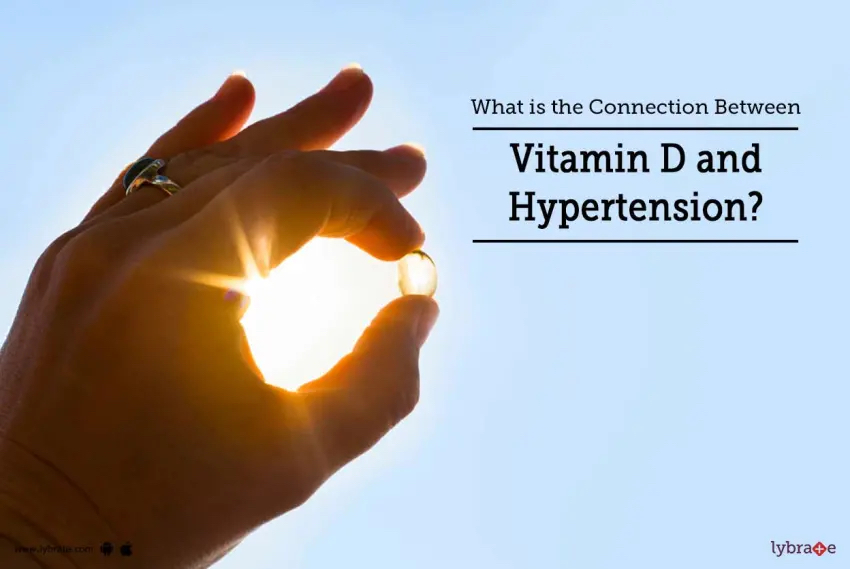
Vitamin D (VD) is a micronutrient often associated with bone metabolism and bone disease such as osteoporosis. However, VD has been shown to influence both the structure and function of other organ systems, to include the cardiovascular system.1 Such a submission is supported by observational data indicating lower cardiovascular mortality rates amongst individuals during summer months.1(1) As a means of appreciating the association between VD and heart health, the following will consider essential hypertension (EH) and its relationship to said vitamin.
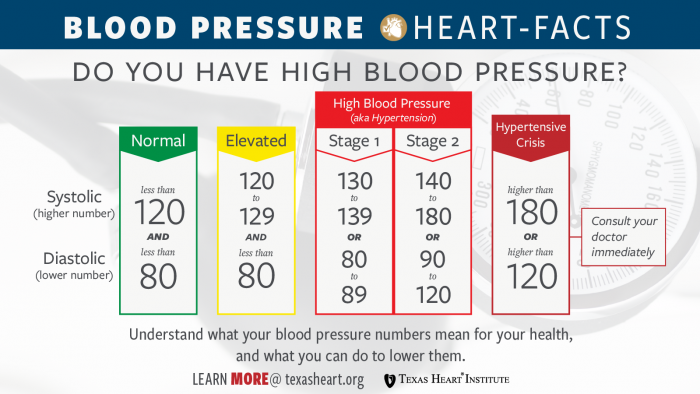
VD has been shown to support the resolution of various cardiac conditions, such as coronary artery disease, atherosclerosis, stroke, and hypertension.2 EH is one of the most relevant risk factors for cardiovascular disease (CVD); a major cause of morbidity and mortality globally.2(4434) hypertension can be classified as either EH or primary hypertension (PH), whereby EH is characterized by high blood pressure with no apparent underlying cause.2(4434) Interestingly, Ahmad et al2(4434) indicated that accumulating evidence is suggesting an inverse relationship between VD blood levels, measured as 25-hydroxyvitamin D (25OHD), and blood pressure.
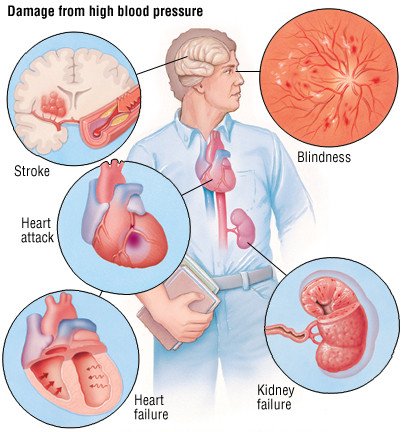
The researchers explored said relationship by developing a study whereby 80 participants of both sexes were recruited. Group #1 consisted of 60 individuals (32 males and 38 females) diagnosed with EH while group #2 consisted of 20 healthy (12 males and 8 females) individuals (i.e., no hypertension) that were age and sex matched.2(4434) Biomarkers considered between the groups included serum calcium, serum phosphorous, 25OHD levels, intimal thickness, ventricular mass, and blood pressure.2(4435)
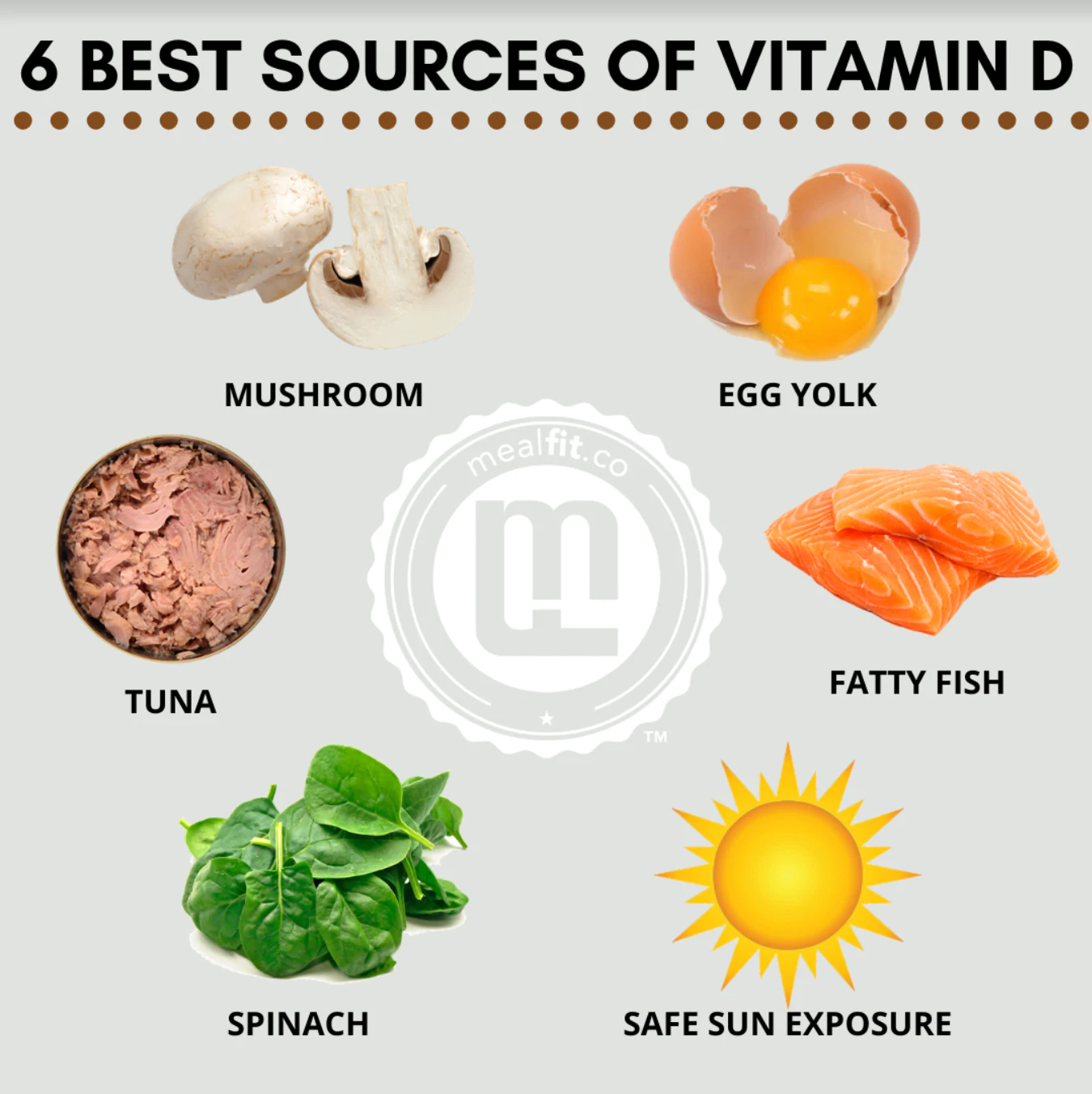
The study indicated a significant negative correlation (inverse relationship) between 25OHD and intimal thickness, ventricular mass and systolic/diastolic blood pressure in group #1. At minimum, one can conclude that low 25OHD levels is an additional risk factor for cardiovascular mortality and morbidity. Furthermore, vitamin D receptors (VDRs) are present in several tissues associated with the cardiovascular system such as vascular and smooth muscle, endothelial cells, and cardiomyocytes.1(1) Such presence suggests a requirement for VD.
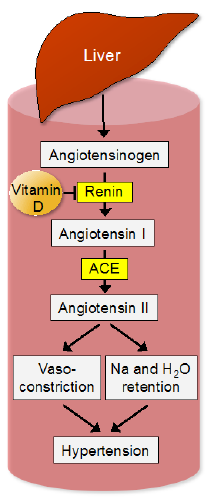
Other factors to consider include the ability of VD to suppress renin-angiotensin system (regulates blood pressure and electrolyte balance) as well as inflammation.1(1) Furthermore, VD deficiency and ensuing elevated plasma renin levels, can drive ventricular remodeling thereby increasing arterial blood pressure. Finally, VD has the capacity to reduce the expression of genes responsible for inducing myocardial hypertrophy.1(1)
In conclusion, VD is a micronutrient often associated with bone metabolism and bone disease such as osteoporosis. However, VD has been shown to influence both the structure and function of other organ systems, to include the cardiovascular system. Close monitoring of 25OHD levels in both non-symptomatic and symptomatic individuals can serve as a critical step in preventing and managing EH, respectively. Ultimately, such an approach, as part of a larger and more complete intervention, can help improve individuals’ health, longevity, and quality of life.
References
1. Atamanuk AN, Litewka DF, Baratta SJ, et al. Vitamin D deficiency among patients with pulmonary hypertension. BMC Pulm Med. 2019;19(1):1-6. doi: https://doi.org/10.1186/s12890-019-1011-7.
2. Ahmad YK, El-Ghamry EM, Tawfik S, et al. Assessment of vitamin D in patients with essential hypertension. Egypt J Intern Med. 2018;72(5):4434-4438. http://eds.a.ebscohost.com.libproxy.bridgeport.edu/eds/pdfviewer/pdfviewer?vid=0&sid=61cfe345-c59a-46a8-a50e-049824fc4e80%40sdc-v-sessmgr01. Accessed Jan 21, 2020.
-Michael McIsaac
